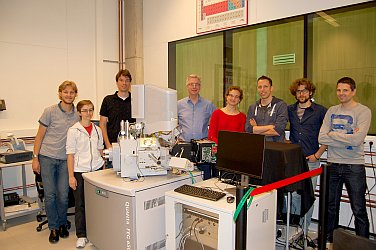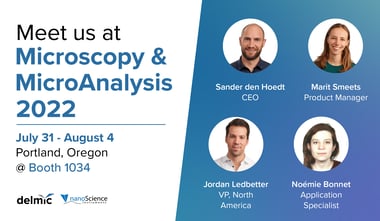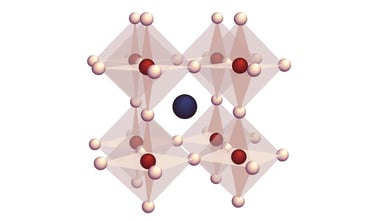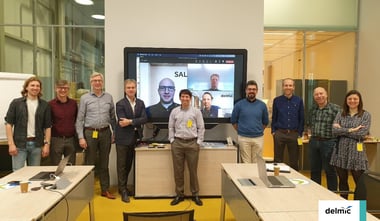This system integrates DELMIC’s high-performance cathodoluminescence system, the SPARC, with a scanning electron microscope.
AMOLF is a laboratory based in Amsterdam which carries out fundamental research into complex material systems. The SPARC was originally developed at AMOLF at the end of 2011 for nanophotonics research, and is now being used worldwide for a broad range of research in the fields of materials science and optics.
The new instrument at AMOLF integrates the SPARC – for collecting and analyzing the optical emission induced by the electron beam – with: (1) a FEI Quanta 650 scanning electron microscope (SEM) equipped with an ultrafast beam blanker, (2) electronics hardware developed at AMOLF that drives the beam blanker, and (3) single-photon counting/correlation and time-resolved spectroscopy assembled at AMOLF. The new instrument delivers electron pulses with a duration down to 1-5 ns, enabling the combination of ultra-fast fluorescence lifetime imaging with nanoscale spatial resolution and quantum optical studies in a broad range of systems.
The new microscope has been built as part of a collaboration between DELMIC, AMOLF, and FEI. Together, these partners will investigate the potential of time-resolved cathodoluminescence microscopy as a new characterization tool in nanophotonics, quantum optics, semiconductor opto-electronics, biology, geology, photovoltaics, photocatalysis, and other areas.
In a further advanced design (to be realized later this year), the SEM electron cathode will be driven by a 250-fs pulsed UV laser beam, creating (single) electron pulses with a duration of 1 picosecond. This will enable ultrafast pump-probe imaging spectroscopy with a spatial resolution of 10 nm. The research program on the new microscope is funded by an ERC Advanced Investigator Grant that was awarded to Polman in 2016.
Cathodoluminescence imaging spectroscopy has been developed over the years at AMOLF as a nanophotonics measurement technique by three subsequent PhD students: DELMIC’s cathodoluminescence application specialist Toon Coenen, Ernst Jan Vesseur, and Benjamin Brenny, in addition to several postdocs and master students and many technical specialists at AMOLF. Over 40 scientific papers have been published so far, and can be found here.
.png)






